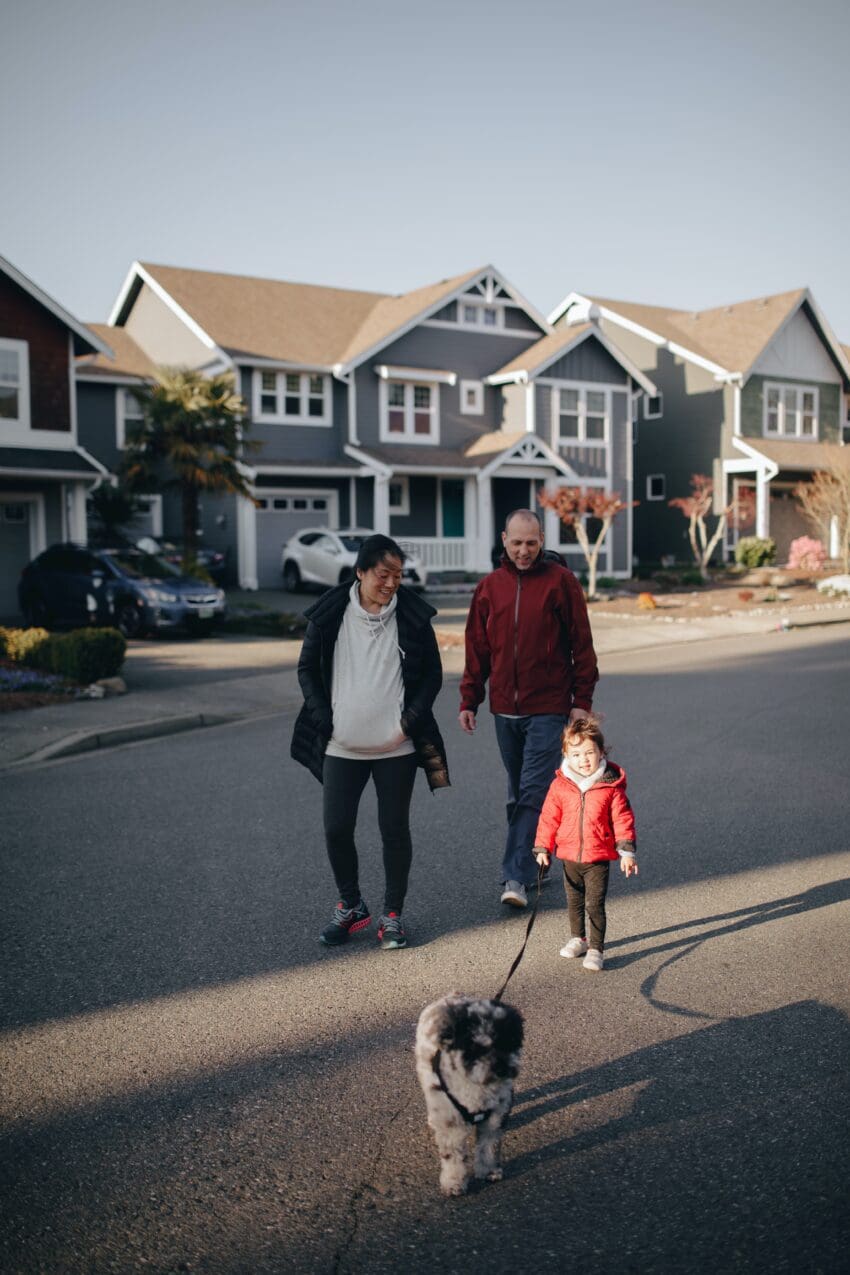In recent years, there has been a growing interest in Minneapolis/St Paul walking neighborhoods as people seek to embrace a more sustainable and healthier lifestyle. A walkable neighborhood is characterized by its accessibility and proximity to various amenities, such as shops, parks, schools, and public transportation. In this article, we will explore the numerous advantages of living in a walkable neighborhood and how it can positively impact your quality of life.
- Health and Well-being: One of the most significant advantages of living in a walkable neighborhood is the positive impact it can have on your health and well-being. Walking is an excellent form of exercise that might help to improve cardiovascular health, maintain a healthy weight, and reduce the risk of chronic diseases such as obesity, diabetes, and heart disease. By living in a walkable neighborhood, you’re more likely to incorporate physical activity into your daily routine effortlessly.
- Convenience and Time Savings: Living in a walkable neighborhood offers unparalleled convenience and time savings. With amenities within walking distance, you can eliminate the need for a car for short trips. This not only saves you money on fuel and parking expenses but also reduces your carbon footprint, contributing to a greener environment. Additionally, walking to nearby shops, restaurants, and entertainment venues can save you time that would otherwise be spent sitting in traffic or searching for parking.
- Social Interactions and Community: Walkable neighborhoods foster a strong sense of community and encourage social interactions. As you walk around, you’re more likely to bump into neighbors, meet new people, and engage in spontaneous conversations. This sense of community can lead to increased feelings of belonging and support, creating a more fulfilling living environment. Walkable neighborhoods often have local parks and community spaces where residents can gather, fostering a sense of unity and camaraderie.
- Economic Benefits: Studies have shown that living in a walkable neighborhood can have economic benefits. In some cases, properties located in walkable neighborhoods tend to have higher property values and experience more stable housing markets. Walkability is a desirable feature for homebuyers, leading to increased demand and potential for future property appreciation. Additionally, living in a walkable neighborhood can reduce transportation costs, as you may be able to rely less on owning and maintaining a car.
- Environmental Sustainability: Walkable neighborhoods play a crucial role in promoting environmental sustainability. By encouraging walking and reducing car dependency, these neighborhoods contribute to lower greenhouse gas emissions, improved air quality, and reduced traffic congestion. They also support the development of efficient public transportation systems, as they are more likely to have well-connected transit options. Choosing a walkable neighborhood is a proactive step towards a greener future.
Living in a walkable neighborhood offers numerous advantages that positively impact your health, convenience, social life, economy, and the environment. The ability to walk to amenities, reduced reliance on cars, and the sense of community fostered in these neighborhoods are just a few of the many benefits. As the interest in sustainable living grows, walkable neighborhoods present an attractive option for individuals and families looking to enhance their quality of life while contributing to a healthier, more connected, and greener community.

